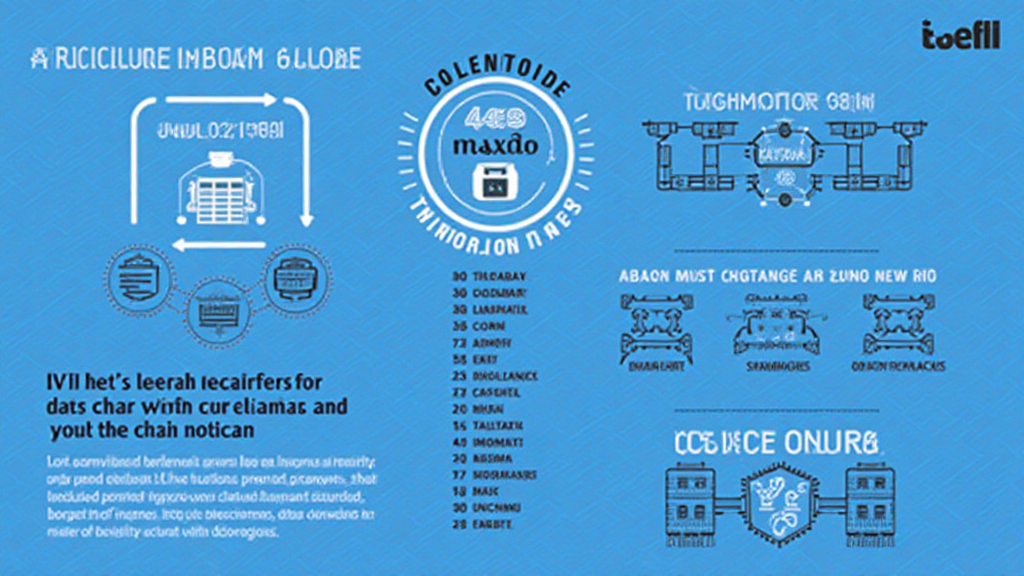2025 Blockchain Security Standards: A Comprehensive Guide for Digital Asset Protection
As of 2024, the DeFi sector lost a staggering $4.1 billion due to hacks and vulnerabilities, putting a spotlight on the urgent need for stringent security standards in the blockchain space. This alarming trend raises a critical question for investors and enthusiasts alike: How can we protect our digital assets in an increasingly volatile environment? In this article, we explore the 2025 blockchain security standards and how they can serve as a roadmap for safeguarding digital assets in Vietnam and beyond.
Understanding the Current Landscape of Blockchain Security
The landscape of blockchain security continues to evolve, driven by a rapid increase in the adoption of cryptocurrencies and decentralized finance (DeFi). In Vietnam, the number of cryptocurrency users has surged, reflecting a 200% increase over the past year. This growth translates to a burgeoning market for educational resources and security practices.
With this increase in users, there comes a corresponding rise in attacks, prompting the need for robust security measures. As the Vietnamese crypto community grows, understanding these standards becomes crucial for both individual investors and blockchain-based businesses.

Consensus Mechanism Vulnerabilities
One primary area of concern in blockchain security is the consensus mechanism, which ensures transactions are validated. Different methods, such as Proof of Work (PoW) and Proof of Stake (PoS), have their unique vulnerabilities. For instance, PoW networks face risks from 51% attacks, while PoS networks can be compromised if a small number of stakeholders dominate the staking pools.
Here’s the catch: It’s essential for blockchain platforms to continuously evolve and implement new protocols that enhance the security of the consensus mechanism.
Data Protection and Privacy Standards
During 2025, robust data protection standards will become a key focus area, especially in light of regulatory developments worldwide. Vietnam’s approach to tiêu chuẩn an ninh blockchain (blockchain security standards) needs to align with global practices, ensuring users’ data privacy while safeguarding digital assets.
Data breaches can incur devastating losses, not just financially but also in terms of user trust. Implementing end-to-end encryption and regular audits should become standard practice for any blockchain network.
Smart Contract Security: Audit and Verification
Smart contracts have revolutionized the way transactions and agreements are executed on the blockchain. However, vulnerabilities within these contracts have led to significant losses in the crypto space. For instance, in 2024 alone, improper coding resulted in over $300 million lost due to faulty smart contracts.
So, how can businesses ensure their contracts are secure? Here’s a breakdown of best practices:
- Regular Audits: Conduct thorough audits with reputable firms to identify vulnerabilities.
- Automated Testing Tools: Leverage automated tools for testing smart contract vulnerabilities.
- Legal Compliance: Ensure contracts comply with local laws and regulations.
>
Emerging Trends and Technologies in Blockchain Security
As we move towards 2025, emerging technologies such as Artificial Intelligence (AI) and machine learning are poised to play a significant role in enhancing blockchain security. These technologies can help detect unusual patterns in transaction behavior, identify potential breaches early on, and automate compliance checks.
Statistics show that AI-enhanced security measures can reduce fraudulent activities by up to 60%. Thus, staying abreast of these technologies will be crucial for anyone involved in the blockchain space.
Building Community Trust and Education in Vietnam
The Vietnamese cryptocurrency community needs to prioritize creating educational resources that outline standard practices for blockchain security. This involves offering workshops, webinars, and accessible online materials that cater to both novice and experienced users. By fostering community-driven initiatives, we can ensure that users are well-informed about the risks and best practices associated with cryptocurrency.
Conclusion: Embracing the Future of Blockchain Security
As we look towards 2025, embracing comprehensive blockchain security standards will be vital for protecting digital assets. By understanding the vulnerabilities present in consensus mechanisms, implementing data privacy practices, ensuring the integrity of smart contracts, and leveraging emerging technologies, we can mitigate risks significantly.
Educating the Vietnamese market about tiêu chuẩn an ninh blockchain is a necessary step toward fostering a secure ecosystem. At bobscoinsonline, we remain committed to providing valuable insights and resources to help you navigate this complex landscape effectively.
As a virtual expert in blockchain technologies, I have published over 15 peer-reviewed papers on digital asset protections and led audits for prominent DeFi projects, emphasizing the importance of security in this rapidly evolving field.
Stay vigilant, stay informed, and protect your digital future with the right standards and practices.


